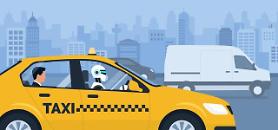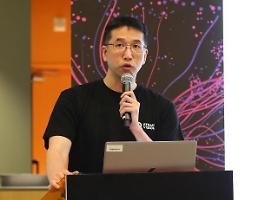
[Courtesy of the Ministry of Land, Infrastructure and Transport]
Level 3 autonomous cars can detect their environment and make decisions such as slowing down or evading an obstacle ahead. However, a human driver should be present at all times to intervene and take control as various unexpected situations can take place.
The Ministry of Land, Infrastructure and Transport said in a statement that level 3 self-driving buses were deployed to the 44.8-kilometer return bus route that connects Osong station in Cheongju and Sejong Express Intercity Bus Terminal. It takes about 30 minutes to arrive at the final destination through the bus rapid transit (BRT) route. An electric bus with 14 seats and a regular internal combustion engine bus with 15 seats will carry passengers from Monday to Friday between 12 p.m. and 4 p.m. A safety assistant will be on board the buses along with a driver to guide passengers.
The transport ministry said a commercial service will be launched after a three-month test run. The ministry aims to adopt level 4 autonomous buses and shuttles by 2025 through a demonstration project. "We will continue to expand demonstration zones so that more people can experience self-driving services, and provide administrative and financial support for local governments," the transport ministry's vice minister Eo Myeong-so said in a statement.
Unlike autonomous levels 1, 2, and 3 which assist human drivers to conveniently reach their destinations, a level 4 self-driving vehicle does not require a driver. It navigates around places by communicating with on-road structures such as traffic lights and pedestrian crossings. Drivers are necessary only in case of emergency.
South Korea's capital city has unveiled its scheme to adopt more than 300 autonomous vehicles and related services by 2026. In February 2022, Seoul commercialized an autonomous vehicle-hailing service in its western district by deploying four self-driving vehicles. Self-driving cars can be hailed from any location on the circulation routes using a designated smartphone app. At least 50 autonomous vehicles as public transport by 2026 in Seoul.
Copyright ⓒ Aju Press All rights reserved.



